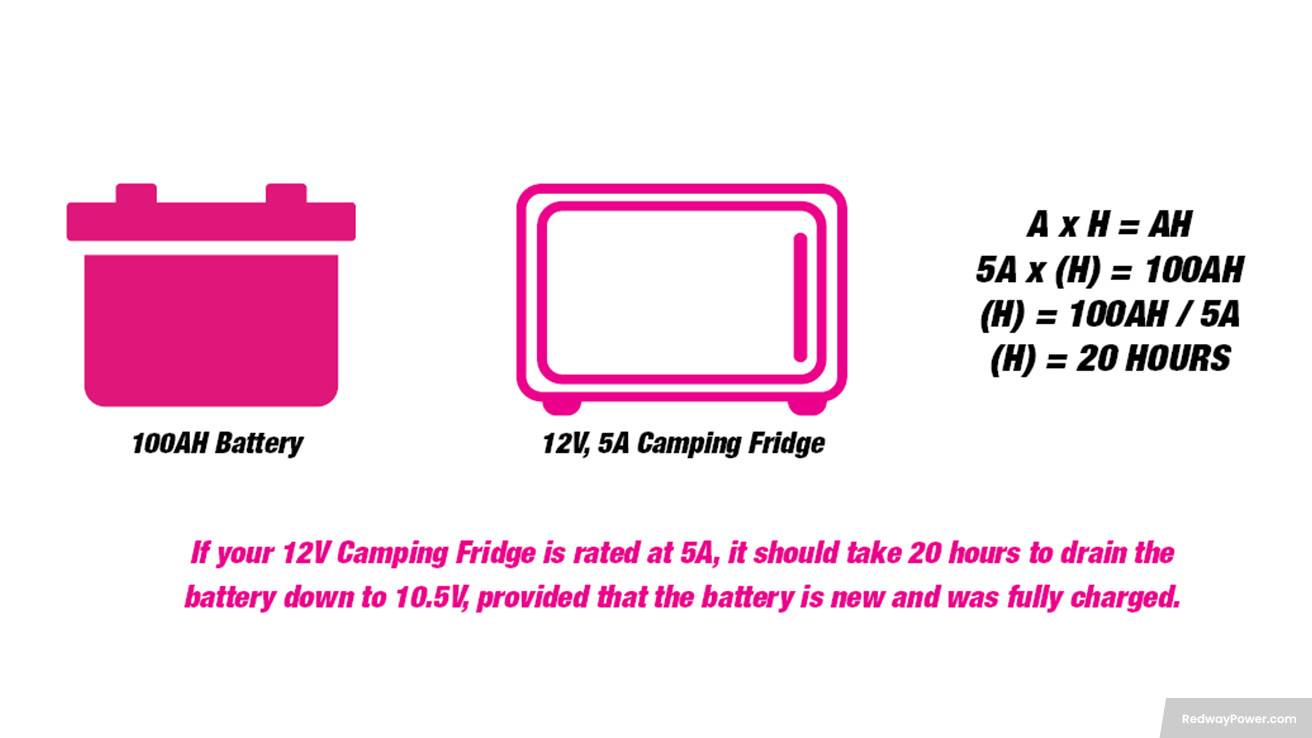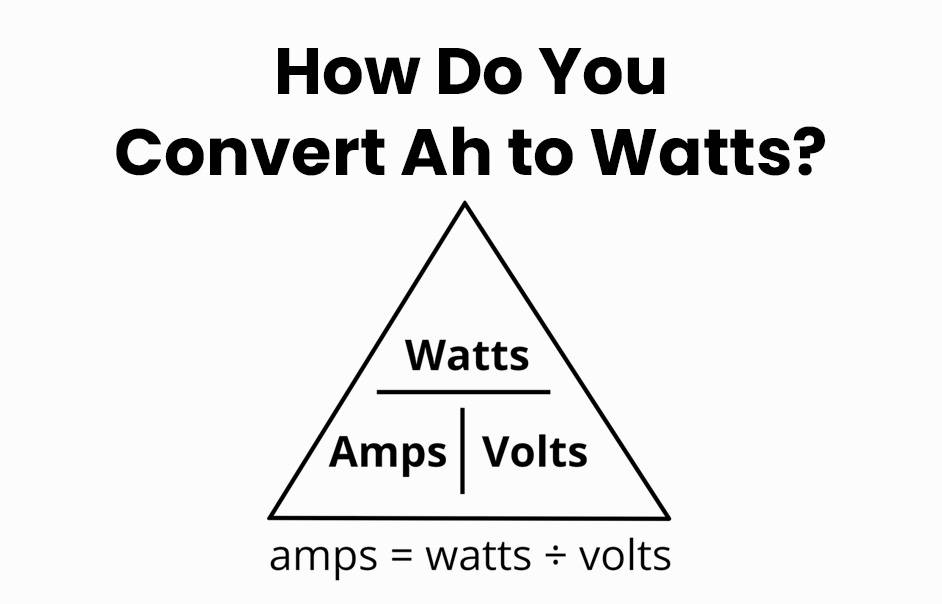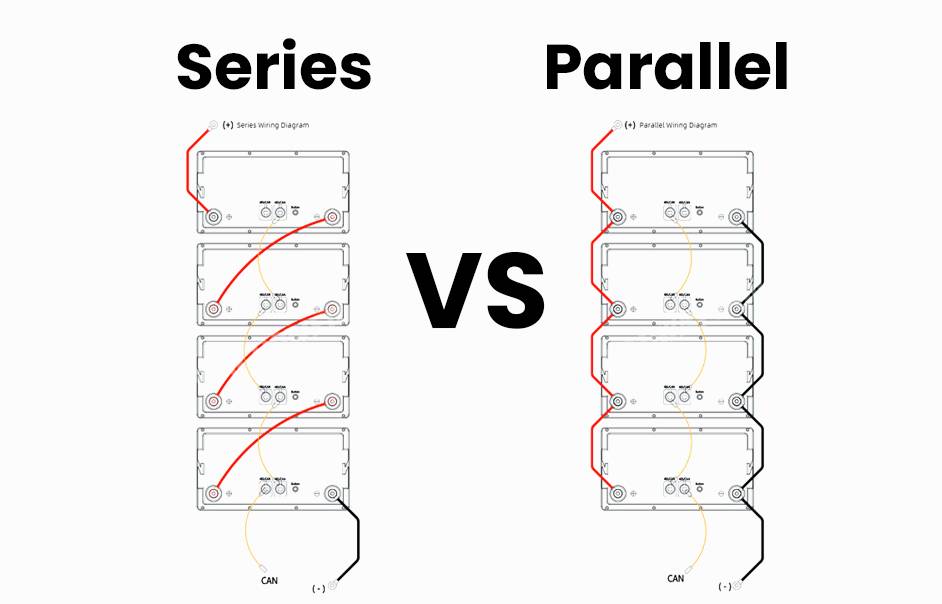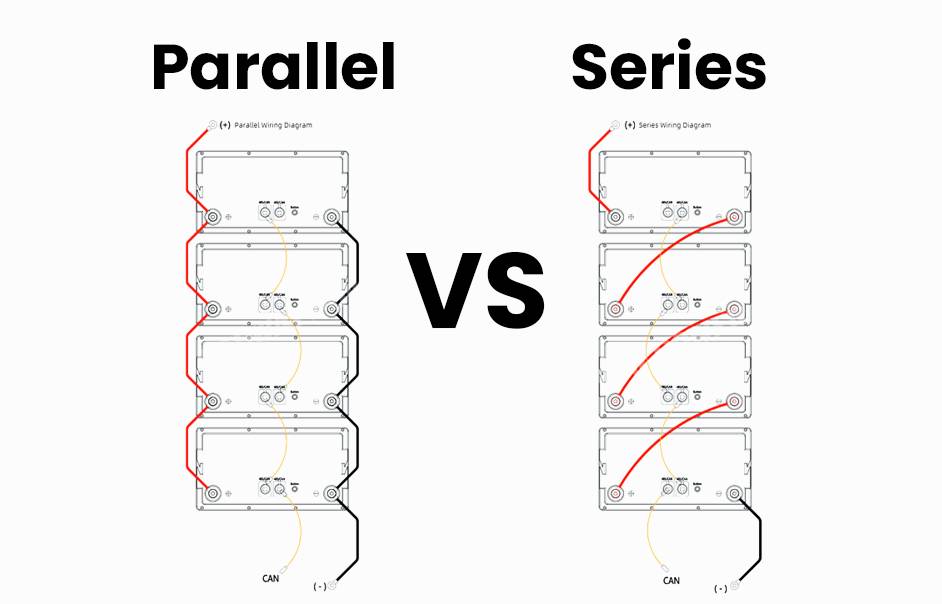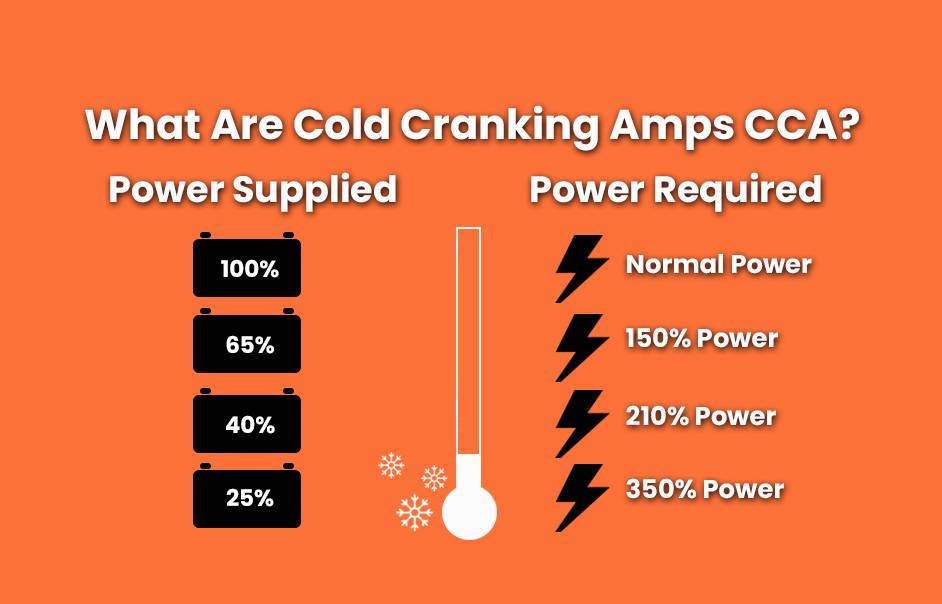Curious about the relationship between Ah and batteries in series? In this post, we’ll explore how connecting batteries in series affects their Ampere-hour (Ah) capacity. Whether you’re a DIY enthusiast or just want to understand batteries better, let’s delve into the fascinating world of increased Ah in series-connected batteries. Get ready for an electrifying journey!
Understanding Ampere-Hours (Ah)
Ampere-hours (Ah) measure a battery’s electrical charge delivery over time. This unit helps gauge a battery’s capacity and endurance. Here’s a concise breakdown:
- Definition of Ah: Ampere-hours represent the continuous flow of one ampere for one hour. For instance, a 10 Ah battery can deliver 10 amperes for an hour or 1 ampere for 10 hours.
- Comparing Batteries: Ah ratings allow easy comparison of batteries based on their energy storage capabilities. Higher Ah ratings indicate longer battery life before recharging.
- Series Connection: Connecting batteries in series doesn’t alter their cumulative Ah value. Two batteries with different Ah ratings can operate together in series without issues. For example, two six-volt batteries with 5 Ah each in series maintain a total voltage of twelve volts and a combined capacity of 5 Amps per hour.
Understanding Ampere-Hours helps assess a battery’s power duration, aiding in efficient use and ensuring reliable power supply when multiple batteries are connected in series.
The Relationship Between Batteries in Series and Ah
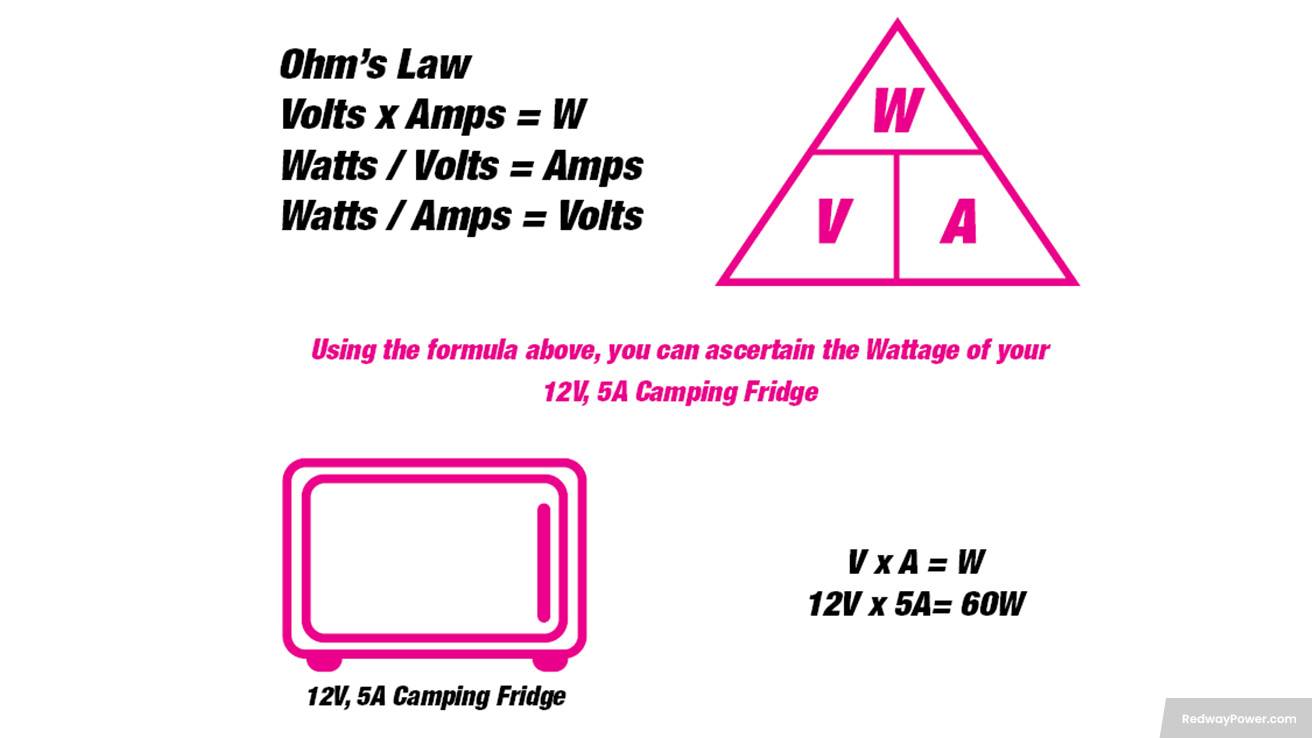
Connecting batteries in series directly affects their Ampere-Hour (Ah) capacity. This configuration increases voltage while keeping Ah constant. Here’s a simplified breakdown:
- Series Connection Impact: In series, the positive terminal of one battery links to the negative terminal of another. Voltage adds up, but Ah remains the same. For instance, two 12V batteries with 100Ah each in series result in 24V total voltage but maintain an overall capacity of 100Ah.
- Considerations for Battery Systems: Understanding the relationship between series connection and Ah is crucial for designing battery systems. It allows for higher voltage output without compromising overall capacity.
- Limitation of Series Connection: While series connection increases voltage, it doesn’t expand energy storage. If seeking more runtime or higher energy storage, parallel connections are preferable as they increase both voltage and Ah.
Connecting batteries in series enhances voltage output while preserving overall Ampere-Hour capacity. It offers advantages like higher system voltages but doesn’t inherently increase energy storage. Evaluate your needs before choosing series or parallel connections for your application.
Advantages of Connecting Batteries in Series
Connecting batteries in series provides several advantages, making it a popular choice for various applications. Here’s a concise breakdown of the benefits:
- Increased Voltage Output: Connecting batteries in series boosts total voltage, beneficial for devices requiring higher input voltages. For example, linking two 12-volt batteries results in a combined output of 24 volts, eliminating the need for additional components like converters.
- Improved Energy Storage Capacity: While ampere-hours (Ah) stay constant, connecting batteries in series increases overall energy storage due to higher voltage. This enhances the ability to power devices for extended periods before recharging.
- Optimal Resource Utilization: Connecting lower-capacity batteries in series effectively utilizes available resources. Combining their voltages increases overall capacity, allowing efficient use of otherwise underutilized batteries.
- Enhanced Stability: A battery bank with cells connected in series provides stable power delivery. This setup distributes load evenly across cells during discharge and charge cycles, ensuring reliable operation.
- Simplified Wiring Arrangements: Connecting batteries in series simplifies wiring, reducing complexity and minimizing connections between devices and power sources. This streamlined installation maintains efficiency and reliability.
In conclusion, connecting batteries in series offers advantages such as increased voltage, improved energy storage, optimal resource utilization, stability, and simplified wiring. These benefits make it an attractive option for applications requiring higher voltages or efficient resource utilization.
Disadvantages of Connecting Batteries in Series
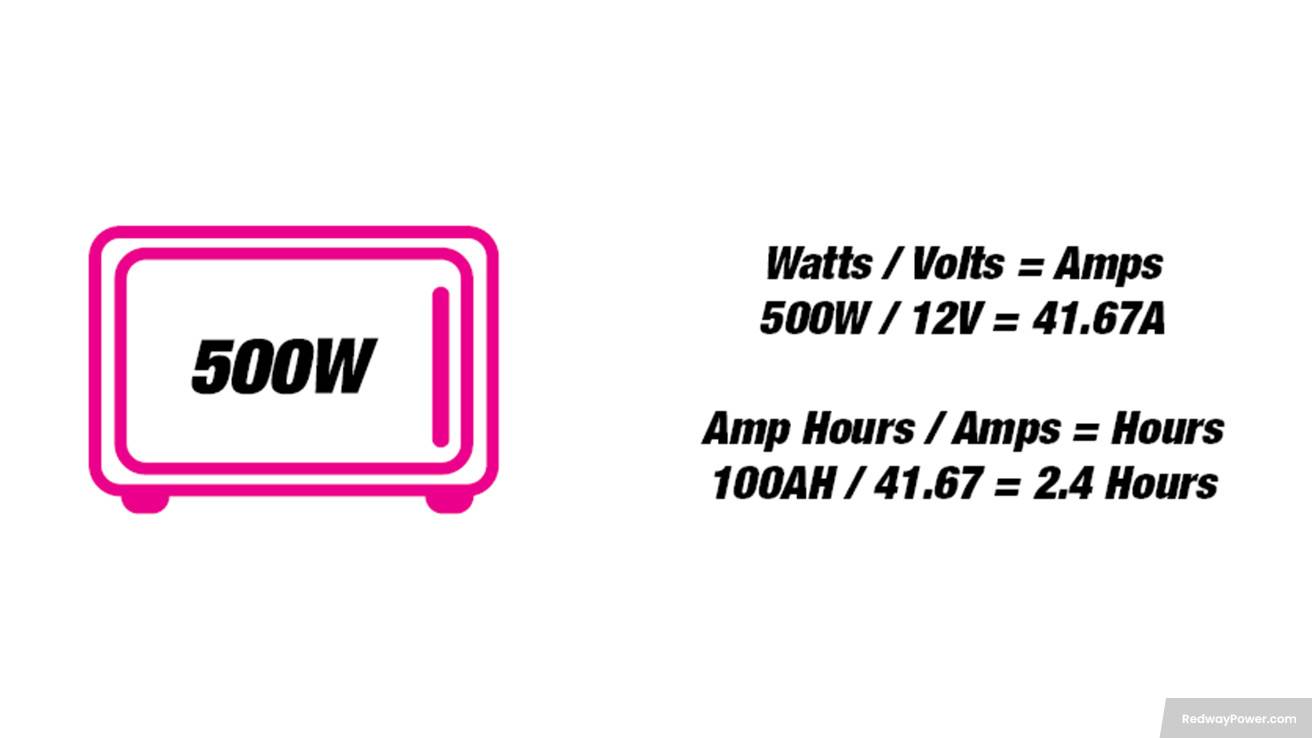
Despite the advantages, connecting batteries in series comes with potential drawbacks. Let’s explore the disadvantages in a nutshell:
- Reduced Total Capacity: Connecting batteries in series increases overall voltage but maintains the same capacity (Ah) as a single battery. For example, two 12V batteries with 100Ah each in series yield 24V but only a total capacity of 100Ah, limiting available energy.
- Performance Impact from a Single Battery: If one battery in a series fails or weakens, it affects the entire series. They share current equally, so a struggling battery can strain others, impacting performance and lifespan.
- Complex Charging and Maintenance: Maintaining balanced charge levels for multiple batteries in series is more complex. Ensuring each battery receives an equal charge is crucial to prevent overcharging or undercharging, preserving efficiency and lifespan.
- Challenges in Replacement or Addition: Adding or replacing batteries in a series connection requires careful consideration. New batteries should match voltage and capacity specifications to avoid imbalance issues and maintain optimal performance.
While series connections offer benefits like increased voltage and compatibility with certain devices, it’s essential to weigh these advantages against potential drawbacks like reduced total capacity and increased complexity during maintenance.

